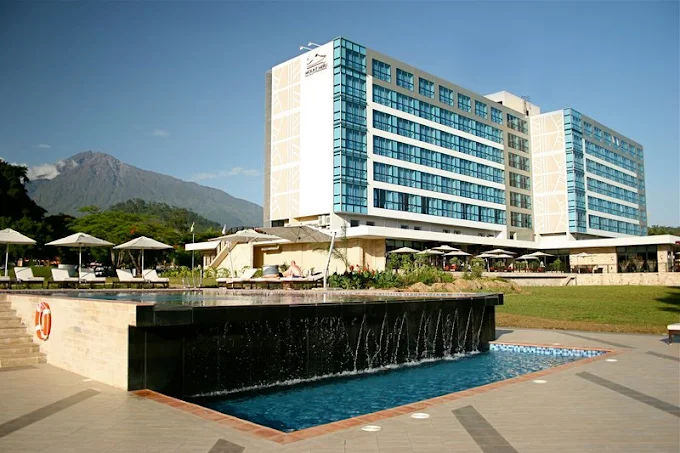The wildebeest calving season is a significant event in the annual cycle of the wildebeest migration. It typically occurs in the Serengeti ecosystem of Tanzania and the Maasai Mara in Kenya, usually between January and March, although exact timing can vary slightly from year to year.
During this time, hundreds of thousands of pregnant wildebeest gather in the southern Serengeti plains to give birth to their calves. The calving season is synchronized with the onset of the region’s short rains, which provide fresh grass for the newborns to feed on. This period also coincides with the peak of the wildebeest migration as large herds move northward in search of grazing lands.
The wildebeest calving season is a spectacle in itself, as it attracts predators such as lions, cheetahs, hyenas, and crocodiles, which prey on the vulnerable young calves. It’s a time of both hardship and abundance for the wildebeests, as they face the challenges of giving birth and protecting their offspring while navigating through a landscape filled with predators.
For tourists and wildlife enthusiasts, the wildebeest calving season offers a unique opportunity to witness the circle of life in the African savanna, with the chance to see newborn wildebeest taking their first wobbly steps and the drama of predator-prey interactions.
If you’re considering visiting during the calving season or have any more questions about this fascinating natural phenomenon, feel free to ask!




